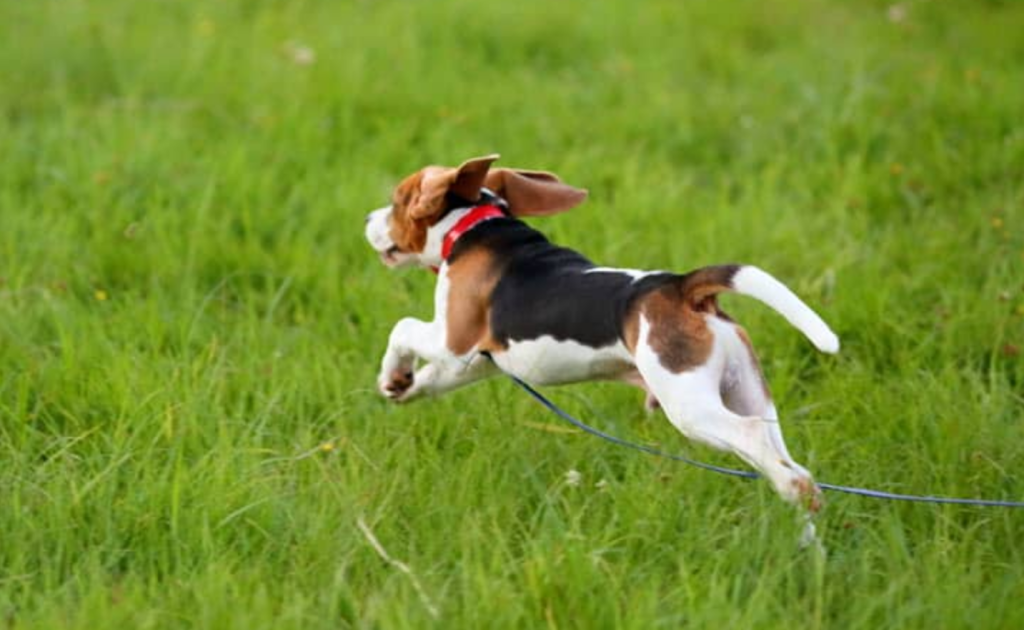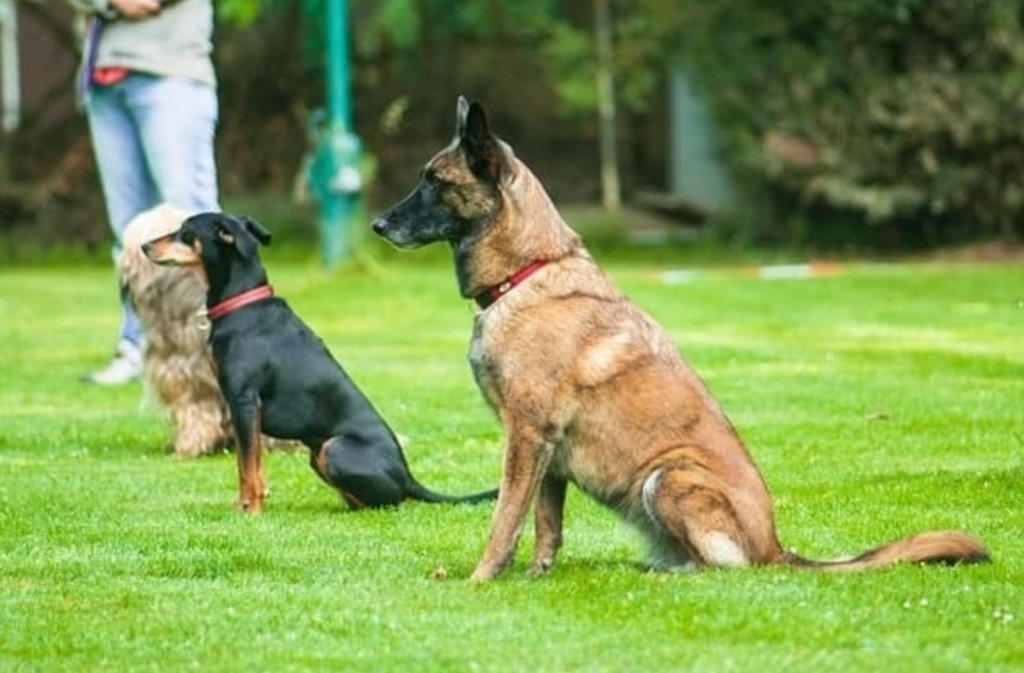If you’ve ever lost your dog, you probably remember how scary the experience was. Dogs can run away for a variety of reasons, including boredom, fear, or prey drive. In this article, we’ll review six common reasons why dogs escape. We’ll also offer some tips on how to minimize the risk of your dog running away so you never have to go through the horrible experience of losing your dog.

6 Reasons Dogs Run Away and How to Prevent It
1. Boredom
Many dogs run away because they are bored and have nothing better to do. If you don’t give your dog enough attention or exercise, they may become bored. Bored and restless dogs are more likely to get into trouble, including running and hanging out in the neighborhood.
2. Fear
Fear is the main factor that causes dogs to run away. Some dogs are afraid of fireworks or thunderstorms. If your pet hears a sound that scares them, they may run away, trying to escape the danger. This seems to be more common during the summer months and around July 4th when fireworks are more frequent. Fear due to separation anxiety can also cause a dog to run away and try to find its owner.
3. Sexual urges
If your dog is not spayed or neutered, they may run away and try to find a mate. This is a very common reason for dogs to run away. A female dog in heat may attract all the male dogs in the neighborhood. In addition, unneutered male dogs tend to roam around looking for a mate.
4. Prey driving
Dogs that suddenly see a rabbit or squirrel running away may have a sudden urge to chase them. If they have a strong desire to catch a rabbit, they may jump over a fence to catch their prey. This is a very common reason for dogs to run away when they are taken to the park.
5. Easy escape routes
Many dogs will run away simply because there is an easy escape route. If your fence isn’t secured properly or has an easy exit, your dog may take the opportunity to explore. For many large dogs, a low fence is an easy escape route.
6. New environment
Have you recently moved, or are you on vacation? Any time your dog is introduced to a new environment, the risk of them escaping is high. It’s important to be extra vigilant when you bring your dog to a new place.
How to stop your dog from escaping

Spay or neuter your dog
Has your dog been spayed or neutered? If not, this would be the first suggestion to reduce roaming behavior. If you have your dog spayed or neutered, this may reduce their sex drive, which in turn reduces the risk of them escaping.
Build a fence in your yard
If you don’t have a fence in your yard, you should consider building one to keep your pet from running away. Even the best-behaved pets will run away if left in an unfenced yard. If your yard is fenced, check around it regularly to make sure there are no easy escape routes.
Exercise
Exercising your dog regularly reduces the risk of them running away due to boredom. Dogs that are exercised daily are more likely to be calm and less likely to get into trouble. Try playing catch in a fenced yard or taking your dog for a daily walk.
Confine your dog during thunderstorms and fireworks
Keep an eye on the weather forecast and calendar. If it looks like there’s going to be a thunderstorm, bring your dog inside before the storm arrives, as thunderstorm-phobic dogs can usually sense an impending storm before it arrives. During fireworks-related festivals, keep your dog indoors most of the time to avoid the risk of him escaping.
Teach your dog basic obedience
Dogs with basic obedience skills are less likely to run away. Teach your dog some basic commands such as sit, stay, and come. These commands will be helpful if your dog starts to run away. Basic obedience classes are usually offered at pet training facilities and Petsmart.
Keeping your pet on a leash
If your pet is not in a fenced area, it should be on a leash. If a dog spots a rabbit or squirrel, they may run away. A dog on a leash is less likely to run after these animals.
Other safety measures
Put an ID tag on your dog’s collar
Your dog should always wear a collar with an identification tag. One of the easiest ways to reunite a lost pet with its owner is to call the phone number on your dog’s ID. Your dog’s ID tag should have your phone number, your pet’s name, and an alternate contact in case you can’t be reached.
Microchip your dog
Sometimes lost dogs also lose their collars and ID tags. A microchip is a permanent identification chip that can be implanted under your dog’s skin. If a lost dog is brought to a veterinary clinic or animal shelter, it will first be scanned for a microchip. The microchip number should be associated with your contact information so that you can be contacted if your lost pet is scanned.
GPS Dog Tracking
Microchips do not have the ability to GPS track your pet. For added protection, you can get a GPS tracking device for your dog so you can find your pet if they escape. Many of these trackers can track your dog in real time, making it easier to find your lost pet.

发表回复